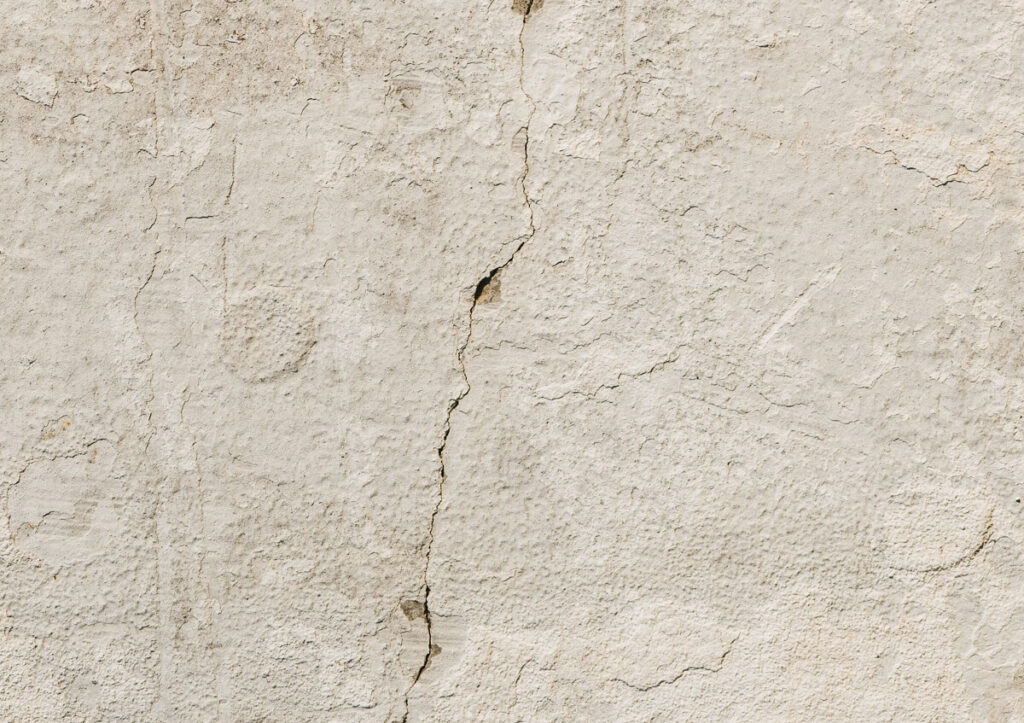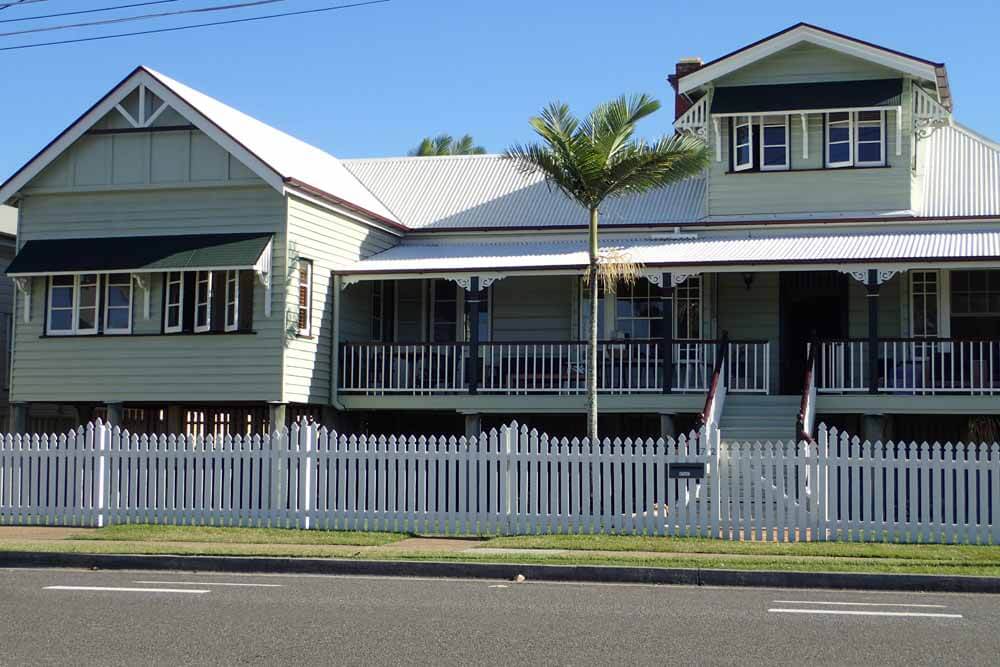Underfloor inspections should be much more than simply checking that the underfloor space is dry and well ventilated. A quick visual inspection may fail to identify major structural defects or other significant problems in the underfloor area that can lead to very expensive repairs once you’ve moved into your new home.
Support Your House With Underfloor Inspections
If you’re buying a new home in Brisbane, conducting a thorough underfloor inspection before you sign anything is critical. Regular inspections beneath the floors of your existing home are also important to pick up problems such as termite damage, decay and damp before they damage your home’s structural integrity. An ounce of prevention can literally save you a fortune on expensive repairs down the track.
A comprehensive underfloor inspection report should not only detail the defects and problems detected during the inspection, it should also include everything that was checked so that you know nothing was missed. A comprehensive report should cover areas including:
- supports
- tie downs
- foundation walls
- retaining walls
- bearers and joists
- flooring
- termite barriers
- concrete slab
- decay
Don’t settle for anything less if you want true piece of mind when investing!
Supports
Problems and defects in the underfloor supports of a house can lead to significant and expensive structural damage so it’s vital that the property inspector you choose is not only qualified but also experienced in order to prevent major problems being missed until it’s too late.
The underfloor inspection report on the supports should cover several key areas.
- Stumps: including whether there are signs of timber stump rot, cracked or spalling damaged concrete stumps or stumps that have not been adequately supported into the ground.
- Decay or wet rot in underfloor joists due to poor ventilation or rising damp.
- Cracks and settlement: this can be cosmetic or indicate serious structural problems caused by downward movement of the house from poorly prepared footings, uneven foundation swelling due to poor drainage, nearby tree roots or unstable, reactive or disturbed soil. Previous repairs, if not done correctly, can actually increase structural damage as foundations swell with future wet seasons.
- Lateral movement due to foundation walls being pushed out of place.
Tie downs
Its subtropical location makes Brisbane prone to regular storms featuring extremely destructive gale force and storm force winds. To help prevent damage from uplift forces generated by external and internal wind pressures, a thorough inspection of tie downs and strapping designed to keep a house wind proof is important.
- Are there missing tie downs? Are they adequate to meet current standards?
- Is strapping in good condition or rusted?
- Are their sufficient cyclone rods to meet current building standards?
Foundation walls
Where possible, foundation walls should be inspected from both the inside and outside of the building. Problems with foundation walls are usually due to inadequate external drainage or failure to properly waterproof. Waterproofing failures are difficult and expensive to fix, so it’s important that any problems are detected as part of your underfloor inspection. Common problems include tanking barrier failure, cracking and inadequately engaged or separating piers.
Retaining walls
Whilst surface cracks and decay may be obvious to a casual inspection, many retaining wall problems such as poor subterranean drainage can be difficult for an inexperienced eye to detect. Retaining wall failures can not only be expensive to correct, they can be potentially catastrophic to both people and property.
Read more about the importance of Retaining wall inspections here.
Bearers and joists
Floor bearers and ceiling joists should all be inspected for termite damage and decay due to water damage from water leaks and inadequate water proofing in wet areas. A thorough inspection will also check for defects such as undersized or underspecified bearers or joists, which can lead to sagging or springiness of floors.
Flooring
Carpets and other floor coverings can quite literally cover a multitude of sins including broken and loose boards. Springy floors can be due to borer infestation, water damage or incorrectly sized joists. Vinyl flooring in old bathrooms and kitchens can easily conceal rot and water damage. Only a thorough underfloor inspection can pick up these problems before you move in and rip up the old floor coverings.
Termite barriers
An underfloor inspection can quickly spot problems responsible for the damp conditions conducive to termite infestation such as inadequate site drainage and poor waterproofing of showers and sinks due to missing or deteriorated sealant and cracked tiles. Often the damp that termites love so much is hidden under tiles and other floor coverings and isn’t visible until an underfloor inspection takes place.
A detailed inspection of termite barriers and ant caps is also imperative. Termite barriers can be easily breached, allowing termites access to the building. Breaching of termite barriers can be due to landscaping, paving, building modifications and extensions. Checking to see whether barriers and ant caps have been correctly installed is also important for both your peace of mind and your bank balance.
Read more about the importance of ant caps in helping to protect a building from termites here.
Concrete slab
A thorough inspection of concrete slabs is important to determine if any visible cracking is merely cosmetic or has serious structural implications. Cracking of concrete slabs can indicate that a poor quality concrete mix was used or that inadequate steel reinforcing was installed or that there are drainage problems. Cracking of concrete slabs combined with cracks in walls and support columns is highly suggestive of movement of the supports.
Checking the interior underfloor space can pick up whether moisture is penetrating the edge of concrete slabs.
Decay
Signs of rot, delignification and decay are often not detected until you look under the floors. Decay due to damp can signal problems such as shower flashing decay and create the perfect conditions for termites. Damp can also lead to decaying timber bearer connections which can be expensive to repair.
Delignification of wood due to airborne chemicals and pollution can cause as much structural decay to wooden supports as termite damage.
Read more about the problem of delignification in wooden homes here.
Choosing the right person for underfloor inspections
The information contained in an inspection report is only as good as the person conducting the underfloor inspection. Experience counts so talk to Brisbane’s underfloor inspection experts before you buy your next home or property.
Contact Action Property Inspections today and find out how comprehensive underfloor inspections can give you peace of mind and potentially save you tens of thousands of dollars. Call Action Property Inspections on 1800 642 465.



